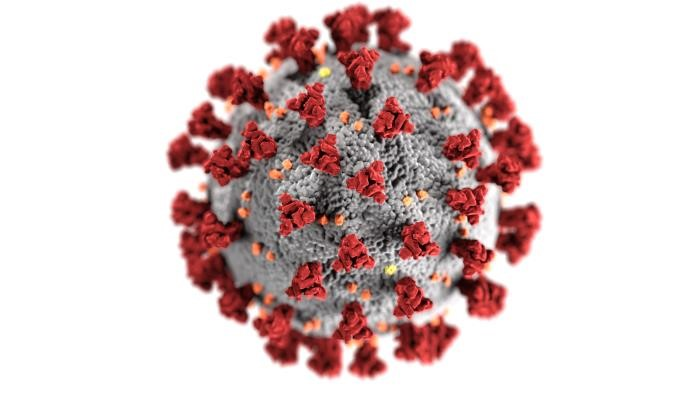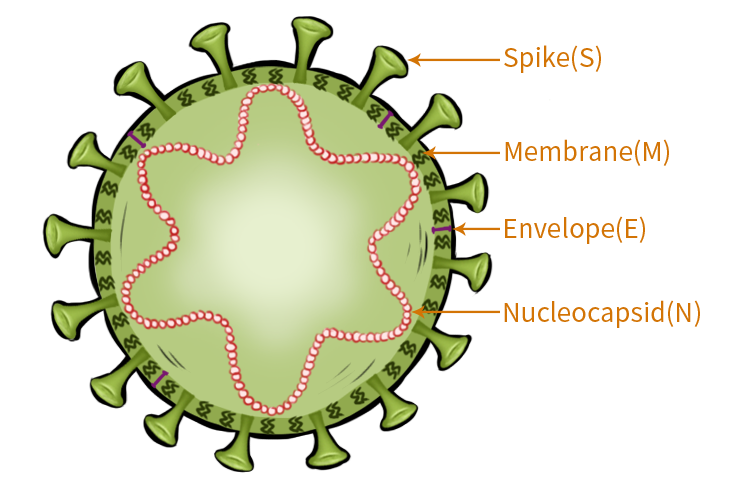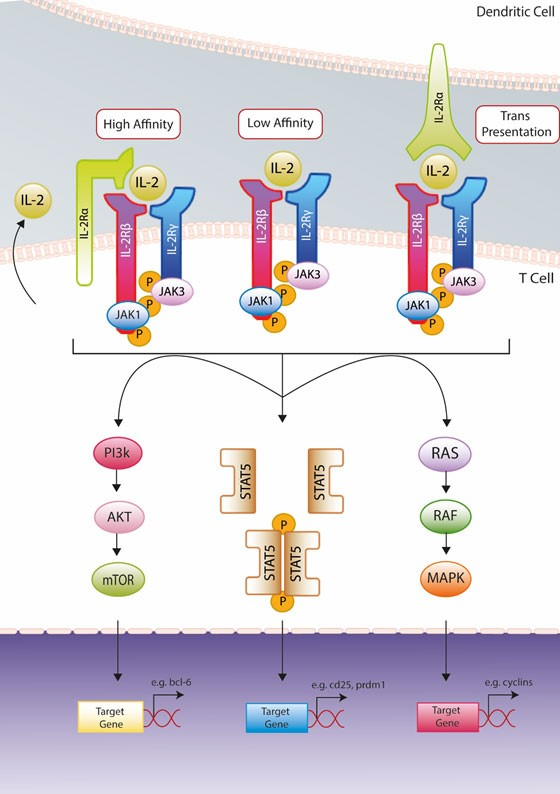Discoveries
NOISE-DRIVEN FATE SELECTION
A VIRAL-ENCODED LATENCY PROGRAM IN HIV AND ITS EVOLUTIONARY BENEFIT
'NOISE MODULATOR' MOLECULES
NOVEL GENE CIRCUITS
TIPS (THERAPEUTIC INTERFERING PARTICLES)
ADAPTIVE TRANSMISSIBLE THERAPIES: A NEW CONCEPT FOR DISEASE CONTROL
Existing measures for infectious disease control face three ‘universal’ barriers:
(i) Deployment (e.g. reaching the highest-risk, infectious ‘superspreaders’ who drive disease circulation)
(ii) Pathogen persistence & behavioral barriers (e.g. adherence)
(iii) Evolution (e.g. resistance and escape)
These barriers exist because pathogens are dynamic—they mutate and transmit—while existing therapies are static, neither mutating nor transmitting. To surmount these barriers, we have proposed a radical shift in therapeutic paradigm toward developing adaptive, dynamic therapies (Metzger et al. 2011). Building off data-driven epidemiological models, we show that engineered molecular parasites, designed to piggyback on HIV-1, could circumvent each barrier and dramatically lower HIV/AIDS in sub-Saharan Africa as compared to established interventions.
Above: A representative model for how a small 'core groups' of high-risk 'superspreaders' (e.g. commercial sex workers and their clients) drove the HIV-1 epidemic in sub-Saharan Africa along the trans-Africa highway in the 1980s. These hard-to-reach groups--often stigmatized and disenfranchised--disproportionately drive disease spread and can be described by the Pareto '80/20' rule - where 80% of new infections are driven by 20% of the population.
Above: Theoretical model of how Therapeutic Interfering Particles (TIPs) would act to reduce the burden of HIV on a population-wide scale. Small blue "pools" of infection represent a local reduction in HIV by the TIP, and are rapidly spread by a "superspreader population".
These molecular parasites essentially steal replication and packaging resources from HIV within infected cells thereby generating Therapeutic Interfering Particles (TIPs)[1] which deprive HIV of critical replication machinery thereby reducing viremia. The fundamental departure from conventional therapies is that TIPs are under strong evolutionary selection to maintain parasitism with HIV and will thus co-evolve with HIV, establishing a co-evolutionary ‘arms race’ (Rouzine and Weinberger, 2013).
Like Oral Polio Vaccine, (OPV)—currently used for the W.H.O. worldwide polio-eradication effort—TIPs could also transmit between individuals, a recognized benefit for OPV. TIP transmission would occur along HIV-transmission routes (via identical risk factors), thereby overcoming behavioral issues and automatically reaching high-risk populations to limit HIV transmission even in resource-poor settings.
For review: Notton et al. Current Opinion in Biotechnology 2014.
HIV TIPs Executive Summary
Papers of note: Metzger, Lloyd-Smith, and Weinberger. PLoS Computational Biology 2011 (videos above) and Rouzine and Weinberger. Journal of Virology 2013 (Linked above).
http://jvi.asm.org/content/87/4/2081.long
A UNIVERSAL TRANSMISSIBLE VACCINE IS COMING!
Apparently I have to write my own post because advertising has infected so many science based blogs and articles that it is almost impossible to separated the facts from the hype.
I will make this blog as condensed and as brief as possible...
The future will contain weakened forms of universal transmissible vaccines.
A vaccine that will act like a virus and will transmit from person to person in much the same way a virus does, but which will protect and not kill the host...aka...you!
The danger for this kind of vaccine is the fact that whatever parts of a virus it contains might mutate and regenerate back into a deadly form if transmitted over long periods of time....therefore...scientists are considering creating a temporary transmission period where a vaccine will transmit for only a short period of time before losing its ability to transmit.
The End.
The above words are based on facts and the vaccines should make an appearance within a few
years from this date. April 3, 2020.








